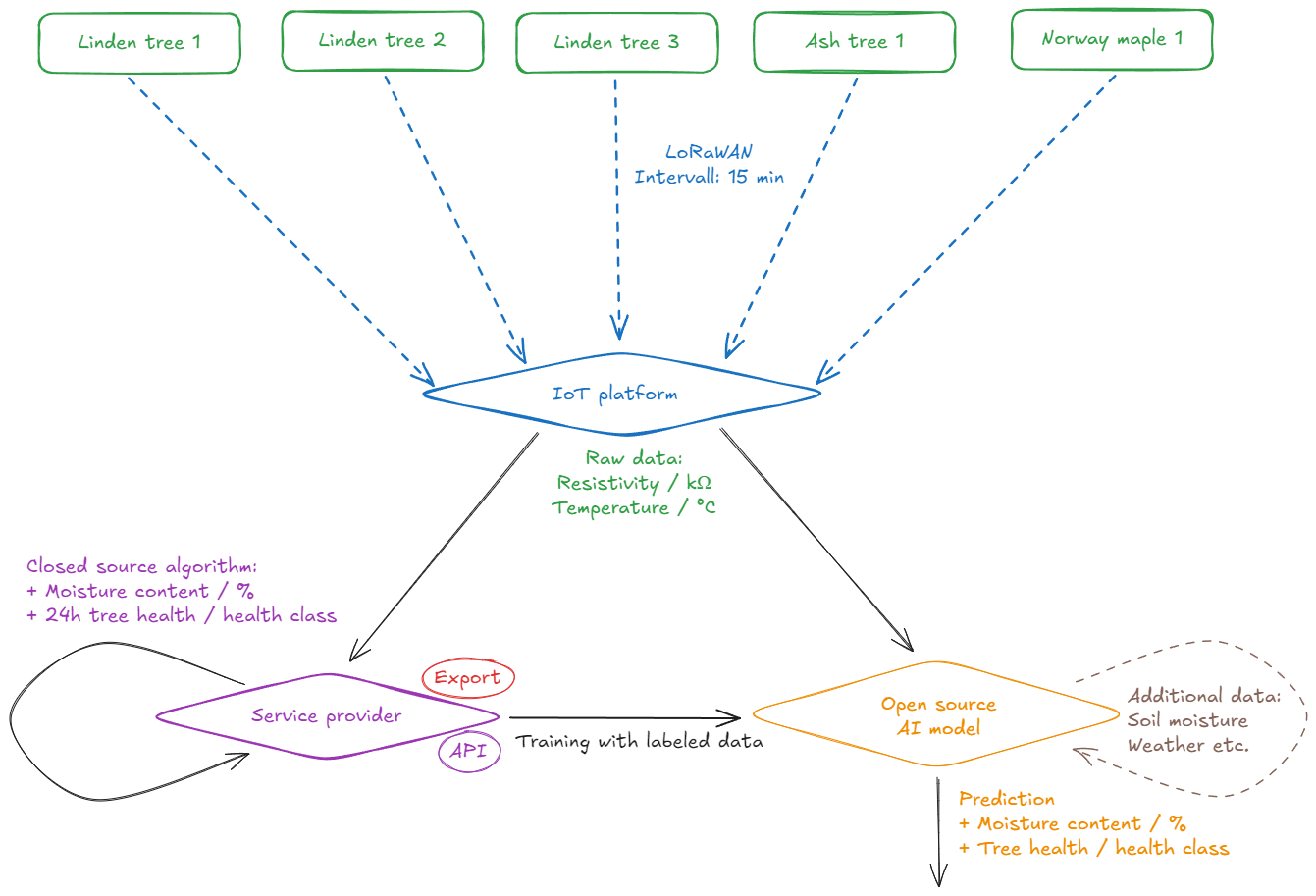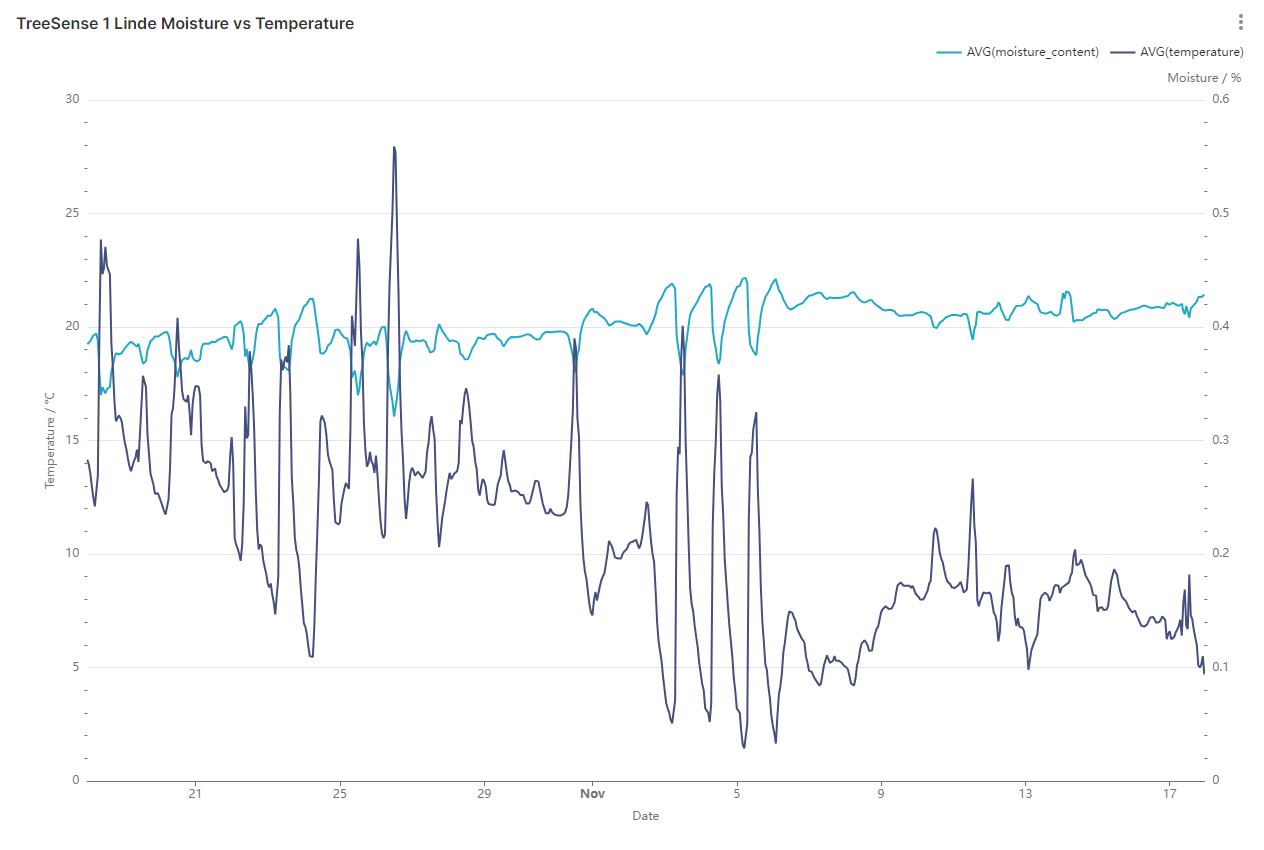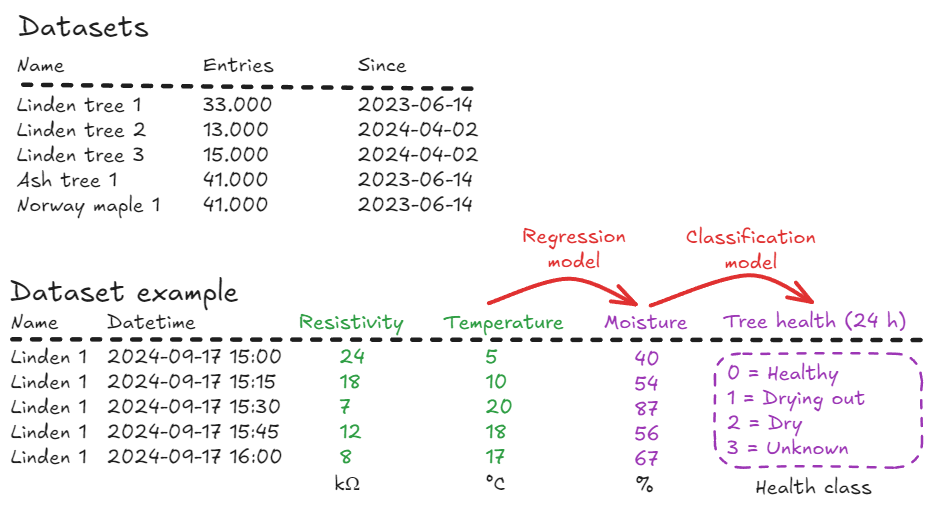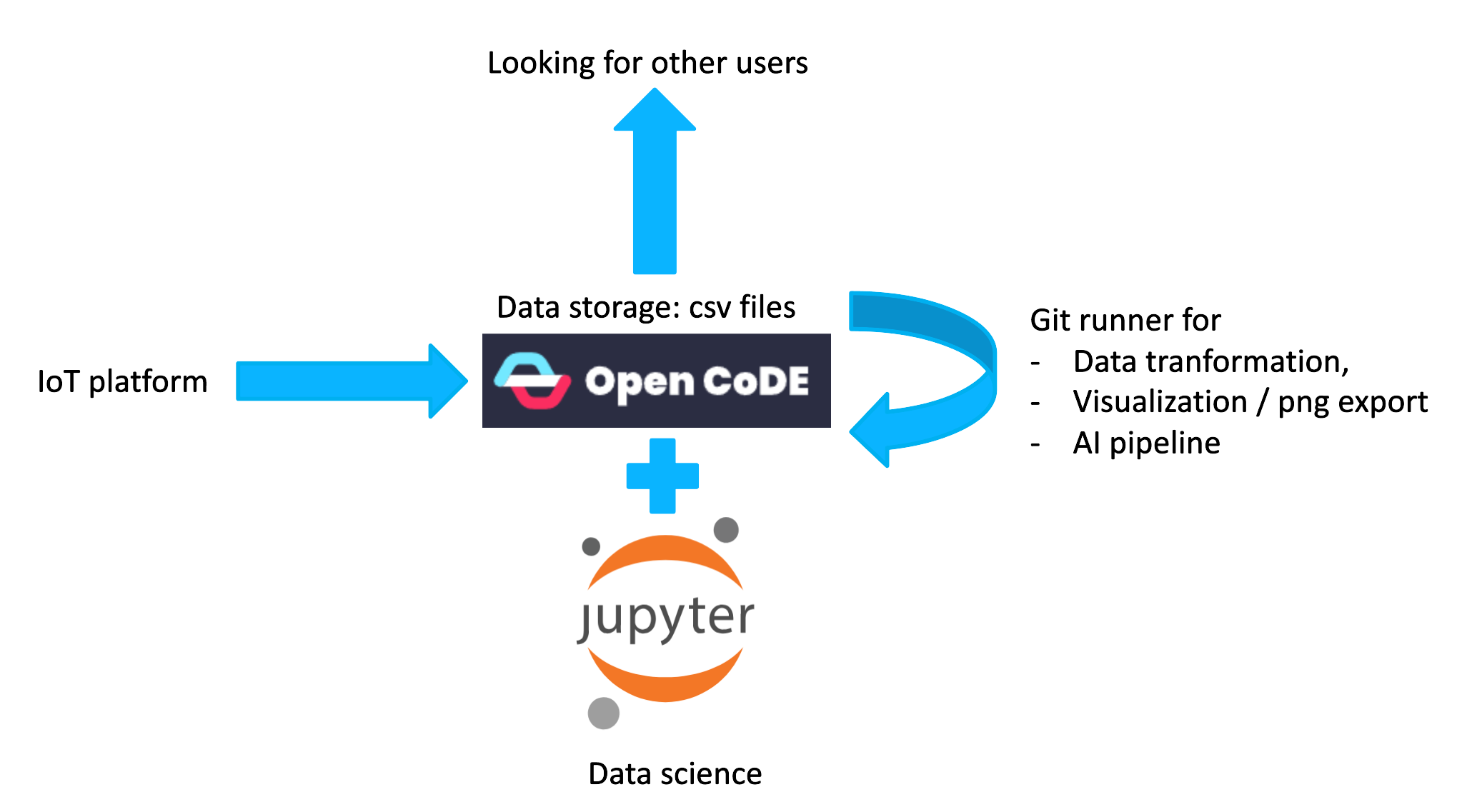
The Portal

SEMIC Support Centre

Open data

Open Government

Big Data and Open Knowledge for Public Administrations

Digital Skills in the public sector

Open Source Observatory (OSOR)

EUPL

Public Sector Tech Watch

GovTech Connect

Across Europe, open data is increasingly being put to worthy use and driving decisions that make for better public services. As such, public administration professionals are seeking innovative ways to leverage data for the public good. One such inspiring project, the Tree Vitality Pilot in Bochum, Germany, focuses on citywide environmental monitoring. This pilot story highlights how the Smart City Innovation Unit and the Environmental Agency of Bochum are using data analytics to monitor and improve tree health. Led by project manager Philipp Zuber, who has a background in geo and data science, this initiative showcases a remarkable example of how the public sector can put data to use for environmental sustainability and urban planning.
The pilot, which began in earnest in early May 2024, aims to revolutionise how tree health is monitored in urban areas. Traditionally, tree health was assessed manually, but with the advent of IoT (Internet of Things) technology and advanced data analytics, the Smart City Innovation Unit saw an opportunity to enhance accuracy and efficiency. The pilot uses sensors placed on trees to measure various parameters such as resistivity and temperature. These sensors transmit data through a LoRaWAN network to an IoT platform, which then forwards the data to an open-source monitoring system, which processes the data to determine and predict tree health. This initiative is part of a larger urban climate monitoring strategy, which includes rainfall measurement, soil moisture modelling, and water quality monitoring. By integrating these components, Bochum aims to foster a more comprehensive approach to urban environmental health.

The Smart City Innovation Unit discovered the BDTI platform through a funding project, Model Projects Smart Cities (MPSC), and Mr Zuber spotted the opportunity. "I quickly saw a broad overlap between the BDTI and an Urban Data Platform. The tree health monitoring topic came to my mind soon because we were paying a company for data evaluation despite having access to the underlying sensor data. And as I am a geo- and data scientist, I thought I could try to tackle the problem. I just needed enough data. I was eager to explore the software tools offered by the BDTI infrastructure, as accessing such resources is often challenging and costly for municipal employees. Acquiring or renting this kind of infrastructure can be complex in the public sector."
The pilot's primary aim is to understand the sensor data in depth and replicate the capabilities of a commercial tool using an in-house, open-source machine learning model. A secondary objective is to incorporate additional data, such as rainfall and soil moisture, to enhance predictions and provide a more robust model. This is accompanied by a comprehensive understanding of tree health and its influencing factors. This approach aims to lower costs while offering deeper insights into the urban ecosystem.

The project utilises multiple data sources, including:
The data is ingested through various means, such as REST APIs (application programming interfaces) or CSV files and stored in a structured format. Tools like Apache Airflow manage the data ingestion workflows, PostgreSQL for data storage, pgAdmin for database management, and Apache Superset for data visualisation. JupyterLab is used to create and test the Directed Acyclic Graphs (DAGs) data workflows, taking advantage of the Apache Airflow and also performing exploratory data analysis.
As of November 2024, early insights from the data have been promising, but of course, Mr Zuber puts it best: "Now it needs some time as trees are not the fastest organisms on the earth."

During the 6-month pilot period, the team has successfully experimented with various software components to optimise data processing and analysis workflows. They have implemented long-term data collection and processing from the sensors, with ongoing efforts to ingest more weather and soil moisture data. Moreover, this effort fits into a broader suite of initiatives within Bochum, such as urban climate monitoring that involves local rainfall modelling, water quality assessment, and even citizen science projects.
During the project, the pilot team noted opportunities for improvement in data ingestion and visualisation processes. Integrating diverse data sources and ensuring real-time data processing presents an exciting opportunity to enhance the BDTI infrastructure. Mr Zuber highlighted some of the practical difficulties, such as the need for direct feedback from those who work with the trees in Bochum, to validate whether the data aligned with real-world conditions. "Just because the data says a tree is healthy doesn't mean the tree is actually healthy," Mr Zuber noted, indicating the gap between raw data insights and on-the-ground verification. He admitted that, due to time constraints, he had yet to meet with local teams for validation, but this step will be crucial for refining future predictions.

The unbalanced nature of the data, where most of the entries came from a single type of healthy tree, made predictive modelling more complex. Despite these setbacks, the project team gained valuable insights into improving data handling, error management, and resource allocation.
With the pilot phase now concluded, Mr Zuber is shifting focus towards ensuring the project's long-term sustainability. The plan is to transition from real-time data processing to storing daily CSV data in OpenCode, aligning with the slower nature of tree vitality changes and reducing dependency on high-maintenance infrastructure. OpenCode's GitLab runners will also provide CPU resources to automate data processing through CI/CD pipelines.

Mr Zuber is also exploring potential collaborations, including engaging the University of Bochum and other local universities for academic partnerships. He expressed interest in tapping into student research support, such as master's or PhD thesis collaborations, to bring in fresh perspectives and build upon the groundwork laid during the pilot. Sharing insights and collaborating with other cities, such as Schwerte, that face similar challenges, remains a key focus. These steps are aimed at promoting reuse, open data, and interoperability to ultimately create a broader impact beyond Bochum. Meetings begin with relevant collaborators in December, and the team are hopeful for some fruitful partnerships.
Support from the BDTI team played a crucial role in facilitating the success of this pilot. Monthly meetings provided clear guidance, ensuring that the project remained on track and Mr Zuber could learn new tools, such as Apache Airflow, in a structured environment. He highlighted the difference between working in this context and working in standard municipal systems, where access to powerful visualisation and data integration tools is often limited.
The infrastructure included Apache Airflow, PostgreSQL, and Superset for visualisation, all of which served their purpose effectively but also presented certain challenges. Notably, the need for manual adjustments in workflow monitoring reduced the overall user-friendliness. Moving forward, Mr Zuber suggested that alternatives like Grafana could improve the visualisation process by offering more real-time insights, while Apache NiFi might be explored as a more stable tool for managing data ingestion workflows.
Mr Zuber's next steps include:
One primary objective remains to reduce reliance on paid, private tools and make good use of the data already being collected in-house. "If the pilot is successful, we can omit the subscription with the commercial company and simply purchase a cost-effective sensor. This approach not only reduces costs but also minimises dependency on external providers, ensuring continuity even if such companies face challenges like bankruptcy or service discontinuation." Mr Zuber emphasises the importance of reuse, open data, and interoperability in projects like this: "All cities should share their data with each other to build a bigger dataset to improve the prediction model."
The Tree Vitality Pilot in Bochum is an exemplary case study for public administration professionals and academics. It shows how data analytics can be harnessed to address environmental challenges in urban areas. By leveraging IoT technology, machine learning, and advanced data processing tools, the project aims to improve tree health monitoring. It inspires other cities and regions to consider how they can use data for the public good. As the pilot progresses, it holds the potential to offer open-source solutions that other municipalities can adopt, driving broader adoption of data-driven approaches in public administration.










